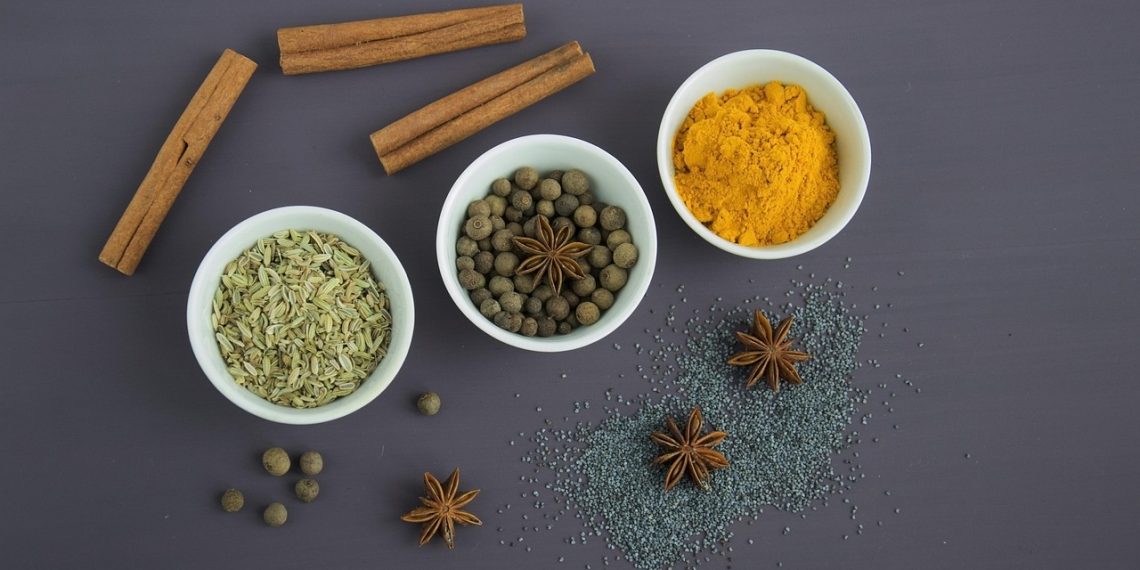Did you know that over 50 million adults in the U.S. suffer from arthritis or related joint issues? That’s a staggering number! If you’re among them, you might be looking for ways to ease discomfort and improve mobility. While medications can help, the power of nutrition shouldn’t be overlooked. In this article, we’ll dive into five superfoods that can naturally revitalize your joints.
Contents
What Are Superfoods, Anyway?
Before we jump into the specifics, let’s clarify what we mean by “superfoods.” These are nutrient-rich foods that are particularly beneficial for health and well-being. They’re packed with vitamins, minerals, antioxidants, and anti-inflammatory properties. So when we talk about superfoods for joints, we’re focusing on those that can help reduce inflammation, support cartilage health, and promote overall joint wellness.
1. Fatty Fish: The Omega-3 Powerhouses
The Benefits
Fatty fish, like salmon, mackerel, and sardines, are loaded with omega-3 fatty acids, which are known for their anti-inflammatory properties. Research suggests that omega-3s can help reduce joint pain and stiffness, making them a go-to for those suffering from arthritis.
How to Incorporate Them
You can easily add fatty fish to your diet by grilling, baking, or even tossing them into salads. A simple salmon fillet seasoned with herbs and a squeeze of lemon can be both delicious and beneficial!
The Caveat
However, it’s worth noting that not everyone enjoys fish. If you’re vegetarian or allergic to seafood, consider omega-3 supplements derived from algae. They can offer similar benefits without the fishy taste.
2. Turmeric: The Golden Spice
The Benefits
Turmeric contains curcumin, a powerful antioxidant that has been shown to have significant anti-inflammatory effects. Some studies have indicated that curcumin can help alleviate pain and improve function in people with osteoarthritis.
How to Incorporate It
You can sprinkle turmeric in your cooking, add it to smoothies, or even brew a turmeric latte. The golden color and earthy flavor can enhance many dishes, from soups to rice.
The Caveat
Curcumin isn’t easily absorbed by the body, so pairing turmeric with black pepper can enhance its effectiveness. But if you’re on certain medications, like blood thinners, consult your doctor before adding turmeric to your routine.
3. Leafy Greens: Nutrient-Dense and Versatile
The Benefits
Leafy greens such as spinach, kale, and Swiss chard are rich in vitamins A, C, and K, as well as antioxidants that can help combat inflammation. They also contain calcium and magnesium, which are essential for bone health.
How to Incorporate Them
Try adding a handful of spinach to your morning smoothie or making a hearty kale salad for lunch. The options are endless, and the crunch of fresh greens can add a delightful texture to your meals.
The Caveat
While leafy greens are generally safe, some people may experience digestive upset if they consume them in large quantities. So, moderation is key!
4. Berries: Tiny But Mighty
The Benefits
Berries like blueberries, strawberries, and raspberries are packed with antioxidants, particularly anthocyanins, which may help reduce inflammation. Research suggests that regular consumption of berries can improve joint health and reduce the risk of arthritis.
How to Incorporate Them
Snack on a handful of berries, toss them into yogurt, or blend them into smoothies. They’re not just good for you; they can also satisfy your sweet tooth!
The Caveat
Berries can be high in sugar, so if you’re watching your sugar intake, consider balancing them with protein or healthy fats, like yogurt or nuts.
5. Nuts and Seeds: Crunchy Nutrient Bombs
The Benefits
Nuts and seeds, particularly walnuts and flaxseeds, are great sources of omega-3 fatty acids and antioxidants. They can help reduce inflammation and provide essential nutrients for joint health.
How to Incorporate Them
Sprinkle chopped walnuts on your oatmeal, mix flaxseeds into smoothies, or grab a handful of mixed nuts as an afternoon snack. They’re easy to include in your diet!
The Caveat
Keep in mind that nuts and seeds are calorie-dense. A small handful is usually enough to reap the benefits without going overboard on calories.
FAQs
1. How quickly can I expect to see results from these superfoods?
Results can vary based on individual health conditions and dietary habits. Some people may notice improved joint comfort within a few weeks, while others might take longer. Consistency is key!
2. Can I rely solely on superfoods for joint health?
While superfoods can certainly contribute to joint health, they should complement a balanced diet and healthy lifestyle. Regular exercise and maintaining a healthy weight are also crucial for joint well-being.
3. Are there any side effects from these superfoods?
Most people can safely consume these superfoods. However, some individuals may experience digestive issues or allergic reactions. Always listen to your body and consult a healthcare provider if needed.
4. Should I take supplements instead of eating these foods?
Whole foods offer a complex array of nutrients that supplements often can’t replicate. If you’re considering supplements, it’s best to discuss this with your healthcare provider.
Conclusion
Incorporating these five superfoods into your diet can be a delicious way to boost your joint health naturally. While they’re not a cure-all, they can certainly be part of an effective strategy to manage discomfort and improve mobility. Remember, it’s about finding a balance that works for you and your lifestyle. So, why not start exploring these options today? Your joints will thank you!
This article is for educational purposes only and is not a substitute for professional medical advice. Always consult a qualified healthcare provider before making changes to your health routine.
References
-
Kuehn, B. M. (2020). “Omega-3 Fatty Acids and Joint Health.” American Journal of Public Health. Retrieved from https://ajph.aphapublications.org/doi/full/10.2105/AJPH.2020.305702
-
Dhananjay, S., & Gokhale, D. (2021). “Curcumin and Joint Health: A Review.” Journal of Dietary Supplements. Retrieved from https://www.tandfonline.com/doi/full/10.1080/19390211.2021.1898297
-
National Institutes of Health. (2022). “Health Benefits of Berries.” Retrieved from https://www.nih.gov/news-events/nih-research-matters/health-benefits-berries
Get Your FREE Natural Health Guide!
Subscribe now and receive our exclusive ebook packed with natural health tips, practical wellness advice, and easy lifestyle changes — delivered straight to your inbox.














